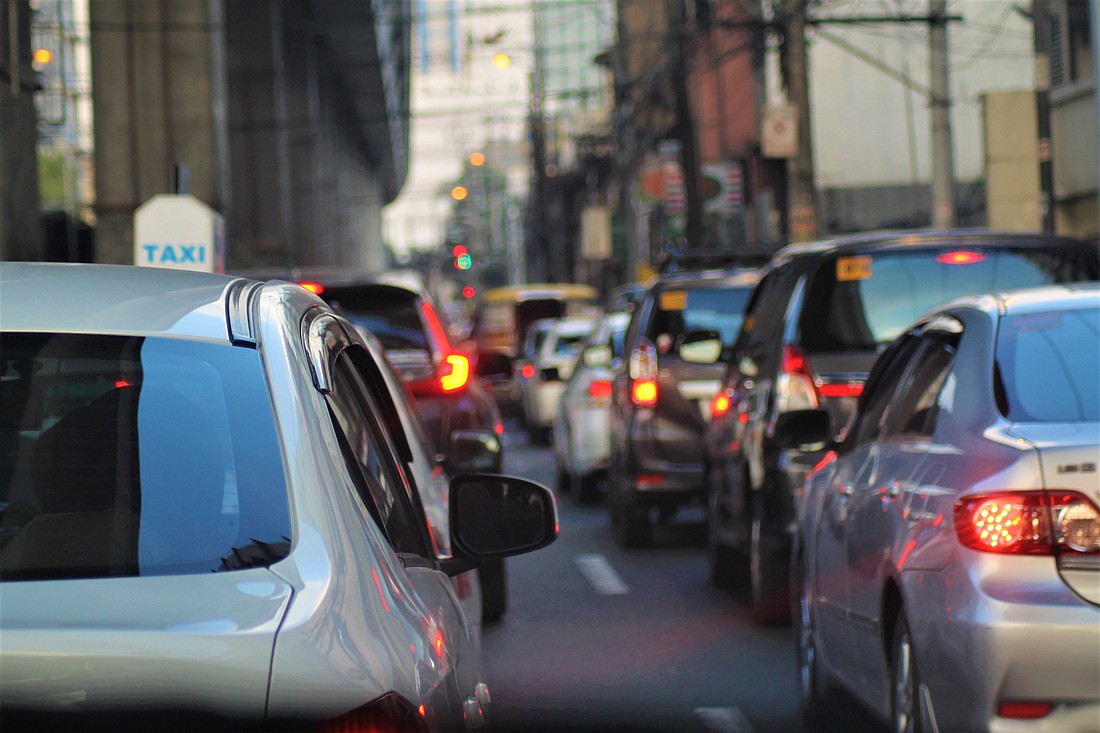- July 26, 2024
-
-
Loading

Loading
 Roger Victorino/Unsplash.com
Roger Victorino/Unsplash.com
A new study conducted by a moving company confirms what many Tampa Bay residents know all too well: The region is one of the worst for commuting to and from work.
According to Hire A Helper’s report, titled, “Cities to Avoid if You Hate Commuting,” Tampa-St. Pete-Clearwater ranks No. 12 on the list, ahead of only New York-Newark-Jersey City; San Antonio-New Braunfels, Texas; and the nation’s worst offender, San Francisco-Oakland-Berkeley. No. 1 — meaning it’s the least bad — is Orlando-Kissimmee-Sanford, followed by Riverside-San Bernardino-Ontario, California, and Atlanta-Sandy Springs-Alpharetta, Georgia. (Some familiar with traffic jams in Orlando and Atlanta might, of course, quibble with their "good" rankings.)
Hire A Helper evaluated each large metro area using criteria that included average one-way commute time, share of workers who commute using private transportation, diversity of times people leave for work, share of occupied households with access to a vehicle and population density (people per square mile).
Somewhat surprisingly, the metro area usually thought of as the worst for commuters, Los Angeles-Long Beach-Anaheim, California, lands in the middle of the pack, at No. 8. That's ahead of Birmingham-Hoover, Alabama, but behind Houston-The Woodlands-Sugar Land, Texas.
Here’s a look at Tampa Bay’s commuter stats:
“One of the few, albeit temporary, benefits of the pandemic was the dramatic reduction in vehicle traffic,” says Mike LaFirenza, a spokesman for Hire A Helper, in a statement. “As workers returned to the office and businesses resumed normal operations, traffic congestion started to rebound — and while it’s still below pre-pandemic levels, it’s poised to increase as more and more companies require workers to return to the office.”